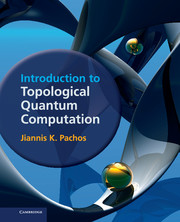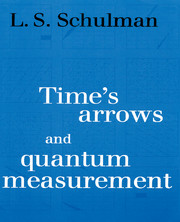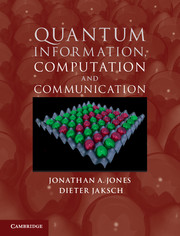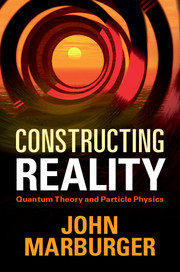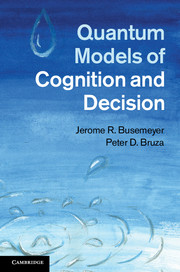In this appendix, we introduce a few simple models involving modified Schrödinger dynamics with stochasticity, in order to illustrate how such models may lead to an evolution that reproduces the reduction of the state vector during a measurement (emergence of a single eigenvalue during a single realization, with a random value). For the sake of simplicity, weignore the usual Hamiltonian evolution during the time of measurement, assuming for instance that this time is too short for this evolution to be significant; otherwise, it would be necessary to use the interaction representation with respect to the Hamiltonian, which does not change the calculations much, except that this introduces a time dependence of the operators.
Single operator
We consider the measurement of some quantum observable associated with an Hermitian operator A; we look for an equation of evolution containing a state vector reduction process associated with this particular measurement. Since the final eigenvector must vary randomly from one realization to the next, the evolution equation necessarily contains a random component. In our case, it will take the form of a random function of time (as opposed to the GRWtheory where the stochasticity is introduced by the discontinuous “hitting processes”, see §10.8.1.b).
Equation of evolution
We assume that the state vector ∣ψ(t)〈 evolves according to:
where w(t) is a real random function of time. In order to simplify the model as much as possible, we may discretize time into small finite intervals Δt, during which we assume that w(t) remains constant; moreover, we may also assume that the possible values of w(t) belong to a finite discrete ensemble w1, w2, …, wN.
